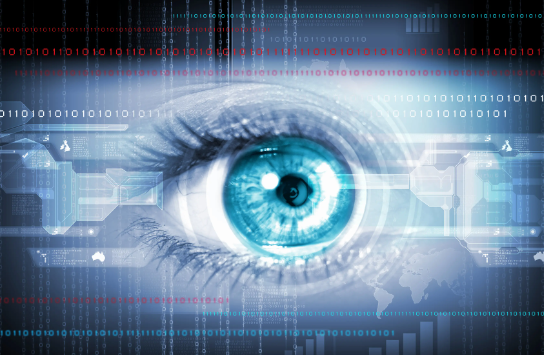Artificial intelligence (AI) is becoming more common in screening, diagnosing, and helping treat eye diseases. The technology is already used in online search engines, voice recognition tools, and other smart devices. Now, AI is showing promise in healthcare.
Massive amounts of data and growing computing power are driving the development of these advanced algorithm-based technologies.
Several studies have shown that artificial intelligence has the potential to help doctors detect eye diseases. However, more research is needed to prove that these techniques can achieve their purpose. It will be some time before ophthalmologists trust and use AI-based tools.
Artificial intelligence is good at image recognition.
Artificial intelligence is gaining popularity in areas where image analysis is critical to diagnosing and treating disease. Specialties such as radiology, pathology, dermatology, and ophthalmology lead the way in AI research.
Ai-based systems – sometimes called deep learning computers – are trained with pictures of many eyes. The algorithm learns the difference between normal and abnormal images. Researchers have tested AI-based systems that use:
Retinal images to identify patients at risk for cardiovascular disease
X-ray images help identify pneumonia in children.
Ai can also help detect diabetic retinopathy and macular degeneration. An estimated 61 million adults in the United States are at high risk of vision loss. Only half had seen an eye doctor in the previous 12 months. If new technology makes the initial screening more convenient and accessible, it could get more people to see an eye doctor faster for diagnosis and treatment. Early treatment can prevent or reduce vision loss. In places where health care is hard to find, AI-based systems can help those without it.
“AI won’t replace doctors, but it will make them more efficient,” said an ophthalmologist Rahul N. Khurana, MD. “It can help us find and see more patients who might otherwise be overlooked by the health care system.”
A camera for detecting diabetic retinopathy
More than 29 million Americans have diabetes. People with diabetes are at risk for diabetic retinopathy, a potentially blinding eye disease. But in the early stages of the disease, people often don’t notice changes in their vision. Worldwide, there are not enough ophthalmologists to care for all the people who need diabetic eye screening.
This is where technologies like IDx-DR can help. IDx-DR is the first artificial intelligence device approved by the FDA to detect diabetic retinopathy. Primary care physicians and other health care providers can use it. IDx-DR analyzes eye images taken with retinal cameras. The software tells doctors whether a patient should see an eye doctor for possible treatment.
A study published in March 2018 in Ophthalmology, the American Academy of Ophthalmology journal, found that disease-detecting AI software can accurately identify early warning signs of diabetic retinopathy. This study lays a solid foundation for future research.
Software to identify macular degeneration
Macular degeneration causes the loss of central vision and is often not detected until the vision is very blurry. The condition affects more than 10 million Americans. A February 2018 study in Cell showed that AI-based software can identify early signs of macular degeneration. The software is taught using images selected by an image evaluation expert to do this. Focusing on these images, which provide clear diagnostic examples, enables the software to learn from fewer images and produce results faster. The technology could help doctors get more people on treatment faster.
AI can also help eye doctors map and measure how a person’s disease is progressing. The computer system can quickly process multiple eye scans and various information. One day, artificial intelligence may help ophthalmologists decide on treatments for macular degeneration, glaucoma, and other conditions.





